One Year with My EV: 10X Cheaper Than Gas—A Detailed Cost Breakdown
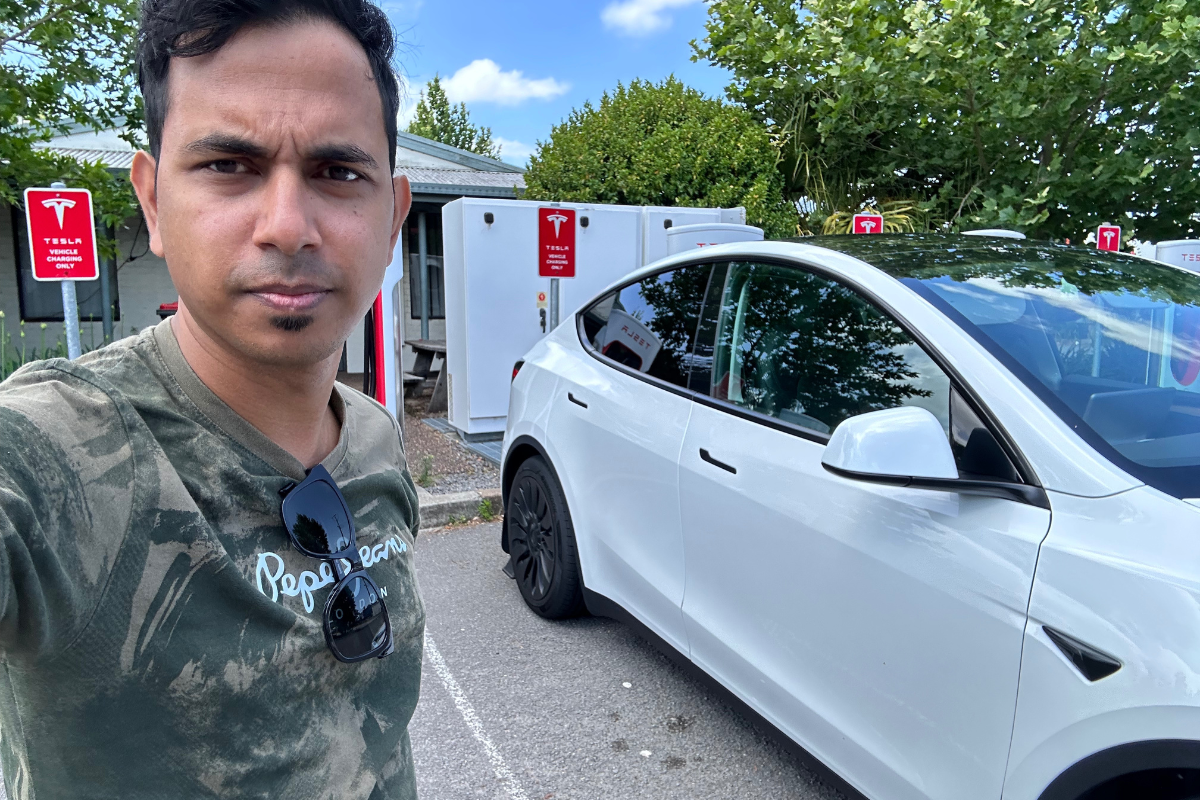
Thinking of switching to an electric vehicle (EV)? After owning one for a full year of Tesla Model Y 2023, I can confidently say they’re far cheaper to run than gas-powered cars—but there’s more to the story than just the price at the pump. While the daily costs of charging my EV are a fraction of what I used to spend on gasoline, I’ve also encountered a few surprises along the way that every prospective owner should know about.
Highlights – 17,000 km in First Year of EV
- Total Charging Cost: AUD 529 for the year, resulting in net fuel savings of AUD 1,766.
- Home Charging: Charged 88% at home for only AUD 4.80, driving about 400 km.
- Supercharger Use: Minimal, needed only on long trips.
- Home Charging Importance: Key to maximizing EV benefits.
- Driving Experience: Smooth daily drives confirm that EVs are the future.
How much electricity does an EV consume per year?
In one year of owning a Tesla Model Y in Sydney, Australia, I drove 17,000 km and consumed about 3,100 kWh of electricity. Over this period, I spent a total of AUD 529 on charging.
Of this amount, AUD 204 was for home charging, while AUD 325 went to supercharging. This illustrates the cost-effectiveness of electric vehicles (EVs), as their running costs are significantly lower than those of traditional gas-powered cars.
It’s important to note that actual electricity consumption can vary based on factors such as driving habits, climate, and the balance between home and public charging. Overall, home charging remains the most economical option for EV owners.
How much does it cost to charge an electric car at home in Australia?
Charging an electric car at home in Australia is extremely affordable, particularly with off-peak electricity rates of just 8 cents per kWh. These rates are 4-5 times cheaper than standard electricity costs. Fully charging a 60 kWh battery costs only AUD 4.80, allowing me to drive around 400 km on a single charge.
In contrast, a petrol car with an average fuel consumption of 7.5 litres per 100 km would need 30 litres of fuel to cover the same distance. At a fuel price of AUD 1.80 per litre, this would cost AUD 54. This means that home charging my EV is about 11 times cheaper than refueling a petrol car for the same distance.
Over the year, I charged my EV at home 82% of the time, using 2,550 kWh of electricity. This significantly reduced my overall running costs, making electric vehicle ownership not only sustainable but also economical.
How much to charge a Tesla Model Y at a supercharger?
Charging at superchargers is convenient for longer trips, but it comes at a premium. In fact, supercharging accounted for more than half of my total charging expenses.
During my travels, I took two interstate trips with my family—from Sydney to Brisbane and from Sydney to Melbourne. As a first-time EV owner, I initially felt stressed about how to manage charging on these long trips. However, the experience turned out to be incredibly enjoyable. I found myself worrying less about charge anxiety than I expected.
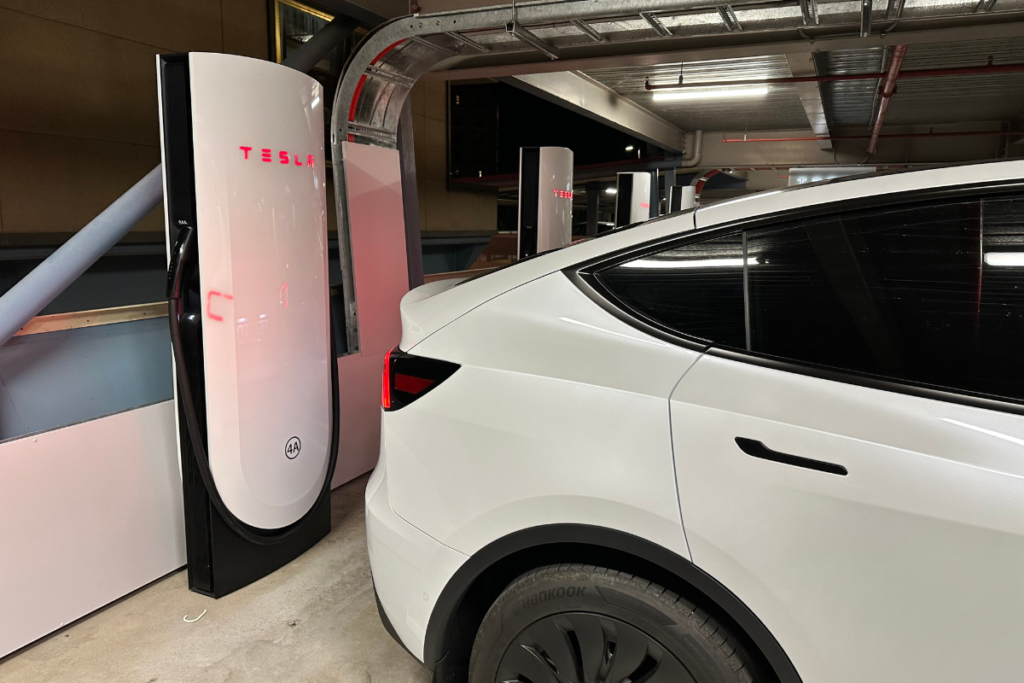
Apart from these interstate journeys, I never needed to charge at a supercharger. In terms of costs, I spent an average of 59 cents per kWh for charging my Tesla Model Y at superchargers. I used a total of 550 kWh at these stations, which amounted to AUD 325.
Generally, Tesla superchargers in Australia cost around 70 cents per kWh. This means that fully charging a 60 kWh Model Y would cost approximately AUD 42.
Out of my total energy consumption of 3,100 kWh in one year, charging at superchargers accounted for 18% of that usage. It’s important to note that supercharging costs can vary significantly and are over eight times higher than the off-peak home charging rate of just 8 cents per kWh.
While supercharging is essential for long journeys, it’s clear that home charging remains the most economical option. Balancing both charging methods has allowed me to enjoy my electric vehicle experience without compromising convenience or breaking the bank.
Home vs. Supercharger Charging Costs: Total kWh Consumption Over 17,000 km
How much EV electricity costs per 100km compared to petrol in Australia?
Over the past year, I estimated that charging my electric vehicle (EV) cost me an average of AUD 3.10 per 100 km. In contrast, a similar petrol car with an average fuel consumption of 7.5 liters per 100 km would cost approximately AUD 13.50 for the same distance. This means I paid over four times less for electricity compared to petrol.
When calculating the net savings after driving 17,000 km in one year, the numbers are significant. My total EV charging cost for the year was AUD 529, while the equivalent gasoline cost for a petrol vehicle would be around AUD 2,295. This results in a net savings of AUD 1,766 over the year.
Quick Calculation Box:
- Total Driving Distance in One Year: 17,000 km
- EV Charging Cost in One Year: AUD 529
- Equivalent Gasoline Cost in One Year: AUD 2,295
- Net Savings in One Year: AUD 1,766
Can I charge an electric car with solar power?
Yes, you can charge an electric car with solar power, and doing so can significantly reduce your charging costs. While I typically calculate my home charging costs at 8 cents per kWh, this figure includes both solar energy and off-peak electricity. When I utilize solar energy, I effectively charge my car for free, as I am not paying anything to use that power.
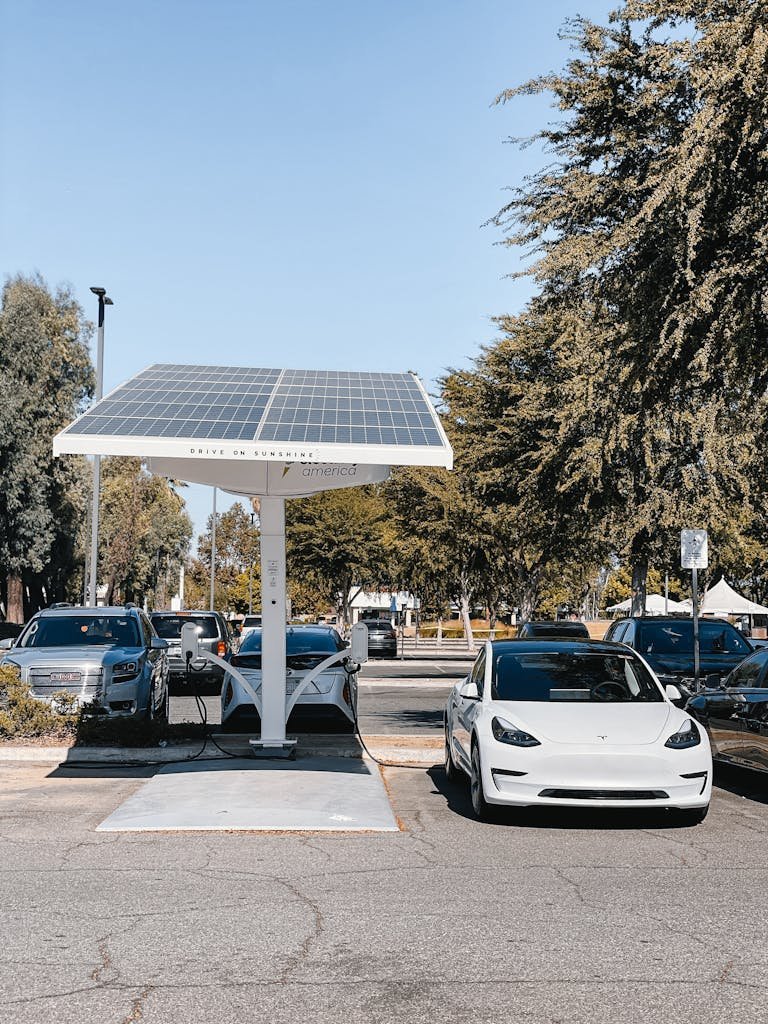
To simplify the calculations, I maintain the 8 cents per kWh rate for home charging. However, it’s important to note that when charging my car from solar energy, I am exporting any excess energy back to the grid at the same rate of 8 cents per kWh.
On a good sunny day, I can charge my car from 0% to 30% in less than six hours, which equates to over 120 km of driving. This ability to charge using solar power not only enhances the sustainability of my electric vehicle use but also makes it a cost-effective option for everyday driving.
Do electric vehicles lose charge if not driven?
Yes, electric vehicles (EVs) can lose charge when not driven, and my experience with the Tesla Model Y over the past year highlights this. I estimated that my vehicle consumed about 550 kWh of extra energy while it was idle, which accounts for approximately 18% of my total energy consumption.
One of the primary energy consumers during idle time is Tesla’s security feature, known as the Sentry Mode, which I always activated when parking the car outside. However, Tesla indicated that they will refine their software system to make sure sentry model consumes less energy.
Additionally, there were times when I used the car’s air conditioning to keep my child comfortable while sleeping in the vehicle, as well as utilizing the entertainment system. It’s also worth noting that like many other electric cars, a Tesla can drain about 1% of its battery energy per day when kept idle.
The energy consumption from idle time is factored into my overall driving costs. As mentioned earlier, over the past year, I estimated that charging my EV cost me an average of AUD 3.10 per 100 km, which includes the energy cost incurred while the car was not in use.
Final Remarks After One Year of EV Ownership
Owning an electric vehicle, particularly a Tesla Model Y, has proven to be both economical and environmentally friendly. Over the past year, I’ve found that my charging costs are significantly lower compared to traditional petrol vehicles, leading to savings of AUD 1,766. By utilizing home charging rates as low as 8 cents per kWh, especially with solar power, I often charge my vehicle at little to no cost.
While there are some energy losses during idle time, features like Tesla’s Sentry Mode provide valuable peace of mind.
Beyond the financial benefits, the driving experience of an electric car is truly fabulous. Once you get behind the wheel of an EV, I assure you, you’ll never want to go back. My first year of ownership has been overwhelmingly positive, and I frequently recommend electric vehicles to my friends and family, often simplifying complex technical aspects for them.
Overall, the combination of reduced fuel costs, the benefits of solar charging, and the exceptional driving experience makes electric vehicles an attractive choice for modern drivers. Transitioning to an electric vehicle not only contributes to personal savings but also supports a more sustainable future.
Response
-
This is really interesting, You’re a very skilled blogger. I’ve joined your feed and look forward to seeking more of your magnificent post. Also, I’ve shared your site in my social networks!

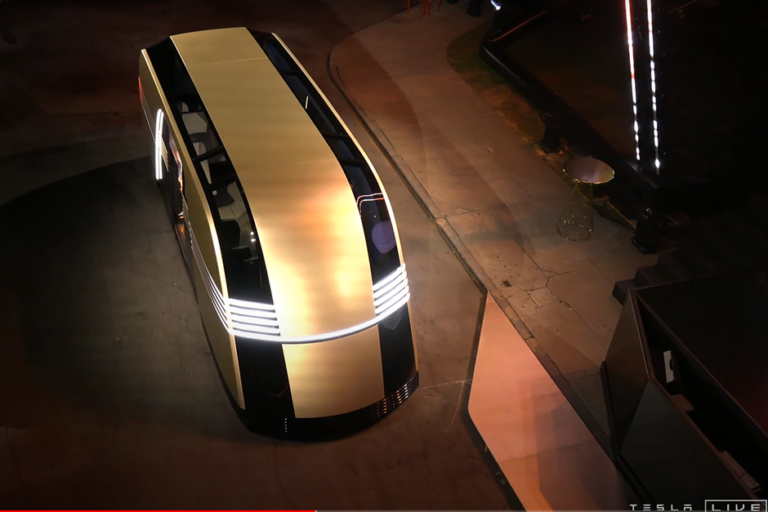
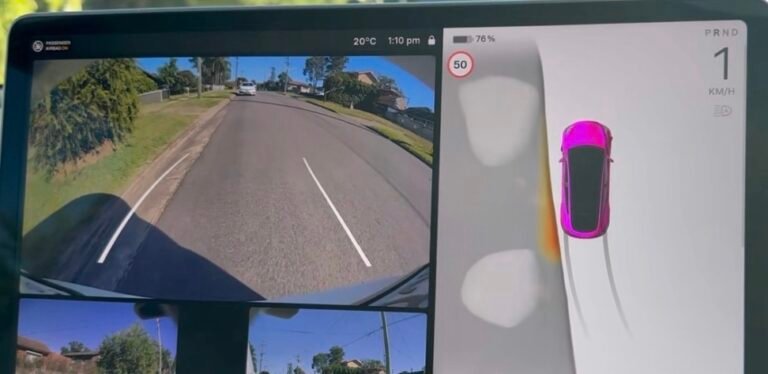


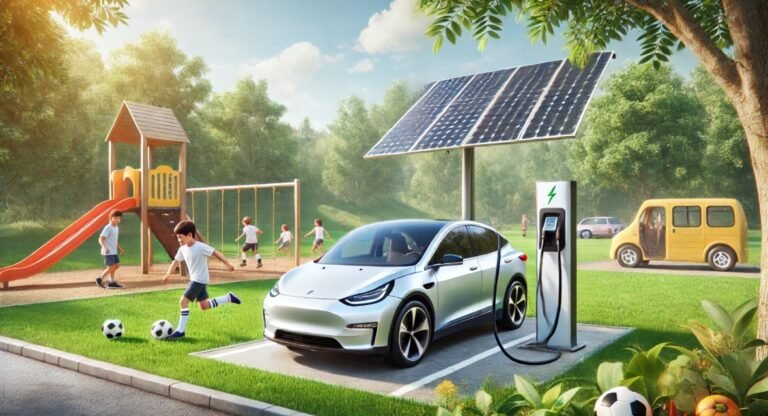

Leave a Reply